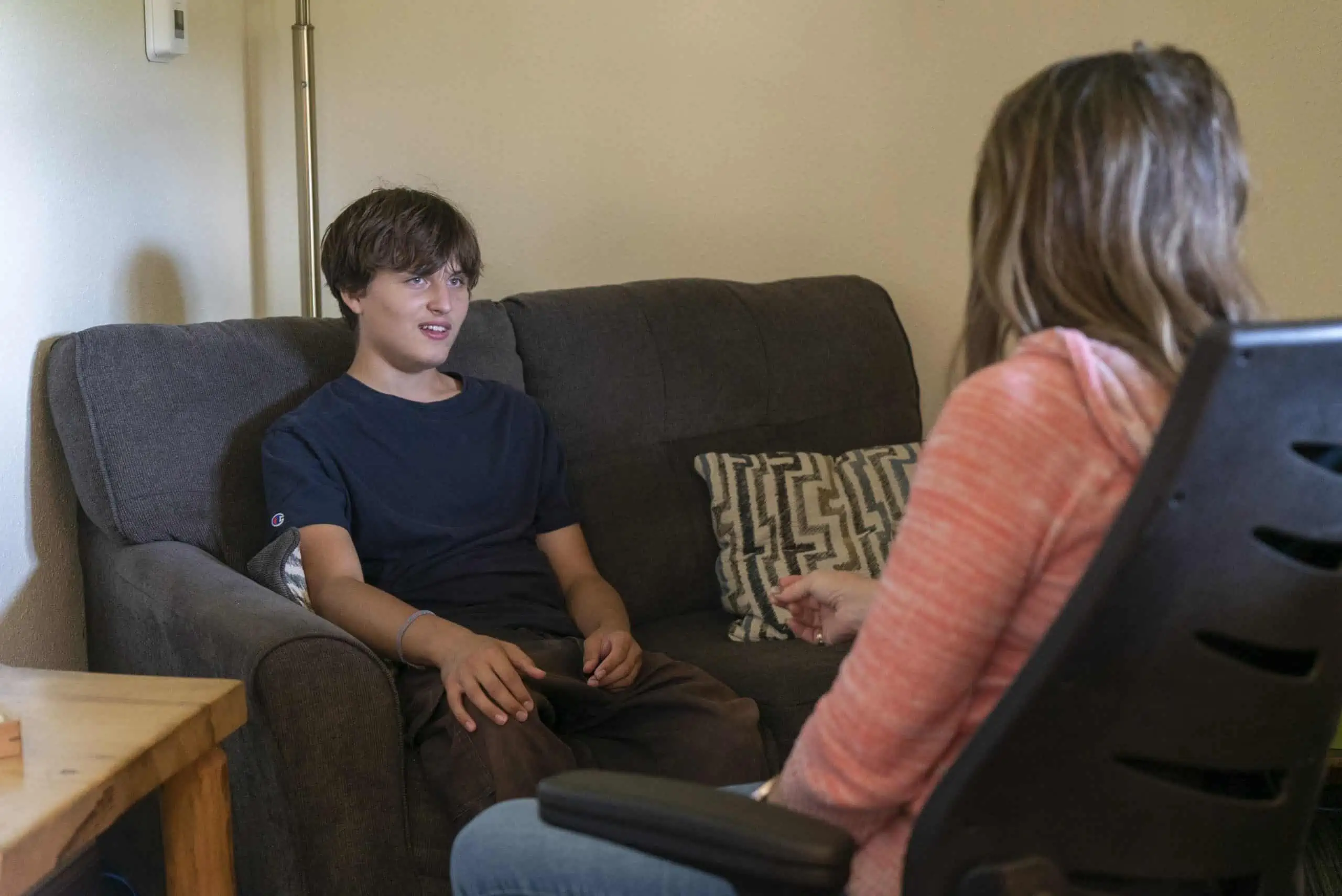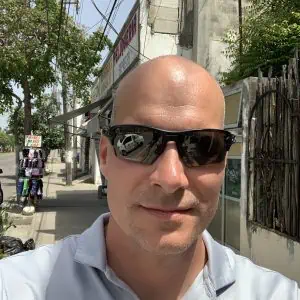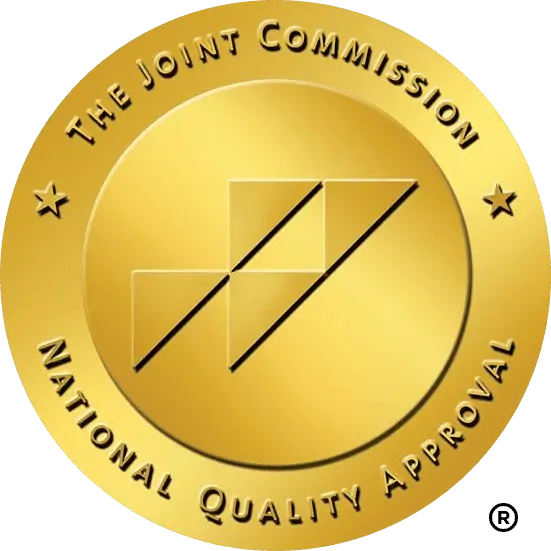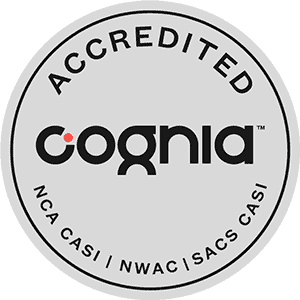For the parents of a teenager, adolescence is often a fairly challenging time. For experts on the human brain, it’s a fascinating period. “I want people to understand that adolescence is not a disease, that adolescence is an amazing time of development,” Beatriz Luna, professor of psychiatry and pediatrics at the University of Pittsburgh recently told NPR.
It’s a development quite unfinished. “The teenage brain is not there all the way,” neurologist Frances Jensen explained in an NPR interview in 2016. “It takes often into your early 20s and possibly late-20s and maybe even beyond for the brain to fully mature to adult levels.”
The part of the brain that isn’t fully developed is the prefrontal cortex (PFC), the area responsible for executive decision-making. This explains why teenagers can make so many bad judgment calls despite being aware of the possible consequences. They simply assess the risks differently from an adult with a fully developed brain.
“As teens, we are often not oblivious to the negative consequences of our actions,” UCLA psychiatry professor Daniel Siegel wrote in his 2013 book Brainstorm: The Power and Purpose of the Teenage Brain. “Instead, even though the negative consequences—the cons—are fully known, we place more emphasis on the potential positive aspects—the PROS—of an experience: the thrill, the shared experience, the fun, the excitement of breaking the rules.”
“During adolescence, there is an increase in the activity of the neural circuits using dopamine, a neurotransmitter central in creating our drive for reward,” Siegel wrote in The Atlantic a year later. “Starting in early adolescence and peaking midway through, this enhanced dopamine release causes adolescents to gravitate toward thrilling experiences and exhilarating sensations.”
One way the adolescent brain’s increased drive for reward in adolescence manifests itself is simply “increased impulsiveness, where behaviors occur without thoughtful reflection,” wrote Siegel. “With the drive for reward stronger and more pressing than ever when we are teens, taking the time needed for processing—for reflection and self-awareness—becomes very important,” Professor Siegel wrote. “If any notion turns immediately into an action without reflection, we are living our lives all gas pedal and no brakes.”
Unfortunately, this natural teenage propensity for impulsivity can lead to behavior that further compromises the supervisory role of the prefrontal cortex. Turning Winds therapist Robert Wenzel has been working with adolescents for decades. He has helped many clients with damaged PFCs. “Using drugs and alcohol, sex, especially pornography, and electronics i.e. screen time to self-medicate emotional pain inhibits and arrests crucial developments in the prefrontal cortex of teenagers,” he says. “Executive functioning skills and the ability to process information correctly get compromised. The ability to make plans and act on those plans dissipates—they just wing it and do stupid stuff. Emotional regulation vanishes, too.”
A big factor for Wenzel is the emergence of electronic gadgets such as smartphones in the past 15 years. For the Turning Winds therapist, “That’s probably the primary addiction out there and it’s hitting kids younger and younger. Schools don’t know how to handle these kids, parents don’t know what to do with these kids. We’re the specialists who work with them and what we found is, if you can get them to stop all four addictive behaviors (drugs, alcohol, pornography, electronics) and implement a clear structure, with limits and expectations, the mid-prefrontal cortex will heal and will start growing.”
But that takes time. “Studies show that in nine months in a therapeutic boarding school, they can mature two years,” says Wenzel. “Cannabis in particular doesn’t just affect the PFC but also the nerve pathways connected to it. It’s almost like they’re clogged. It usually takes us 6–8 months to get those neuropathways unclogged so we can start developing the mid-PFC.”
He can often see the impact of marijuana misuse on his clients. “You can ask them a question, and they want to answer but the reply disappears into a fog.” Researchers know that prolonged and heavy cannabis use can alter brain circuitry—especially since the commercial products now sold in many places are far more potent than the “pot” Boomers smoked in the 1970s.
“Today’s marijuana slows down your brain tremendously,” says Wenzel. “When you witness the ‘unclogging,’ it’s quite an experience. When it finally clears and your brain starts working and you can actually have a conversation where they don’t get lost on a rabbit trail.”
The reward system of the adolescent brain learns to love the euphoria produced by addictive substances and behaviors much easier than the mature brain. Many teenagers require treatment to avoid falling into a trap of progressively escalating substance misuse leading to full-blown addiction and other serious health problems. The negative impact of substance misuse on scholastic achievements will possibly also further accelerate the use of drugs and alcohol.
The hybrid model at Turning Winds utilizes the best elements of care from wilderness therapy, therapeutic boarding schools, and inpatient treatment to create a one-of-a-kind continuum of care to help kids with mental health and substance use disorders.
Over the course of two decades, Turning Winds has built a team of some of the world’s finest academic and therapeutic professionals, all of whom share the same goal: to help teens re-engage meaningfully with their lives, families, and their futures.
Contact us online for more information, or call us at 800-845-1380. If your call isn’t answered personally, one of us will get back to you as soon as possible.

